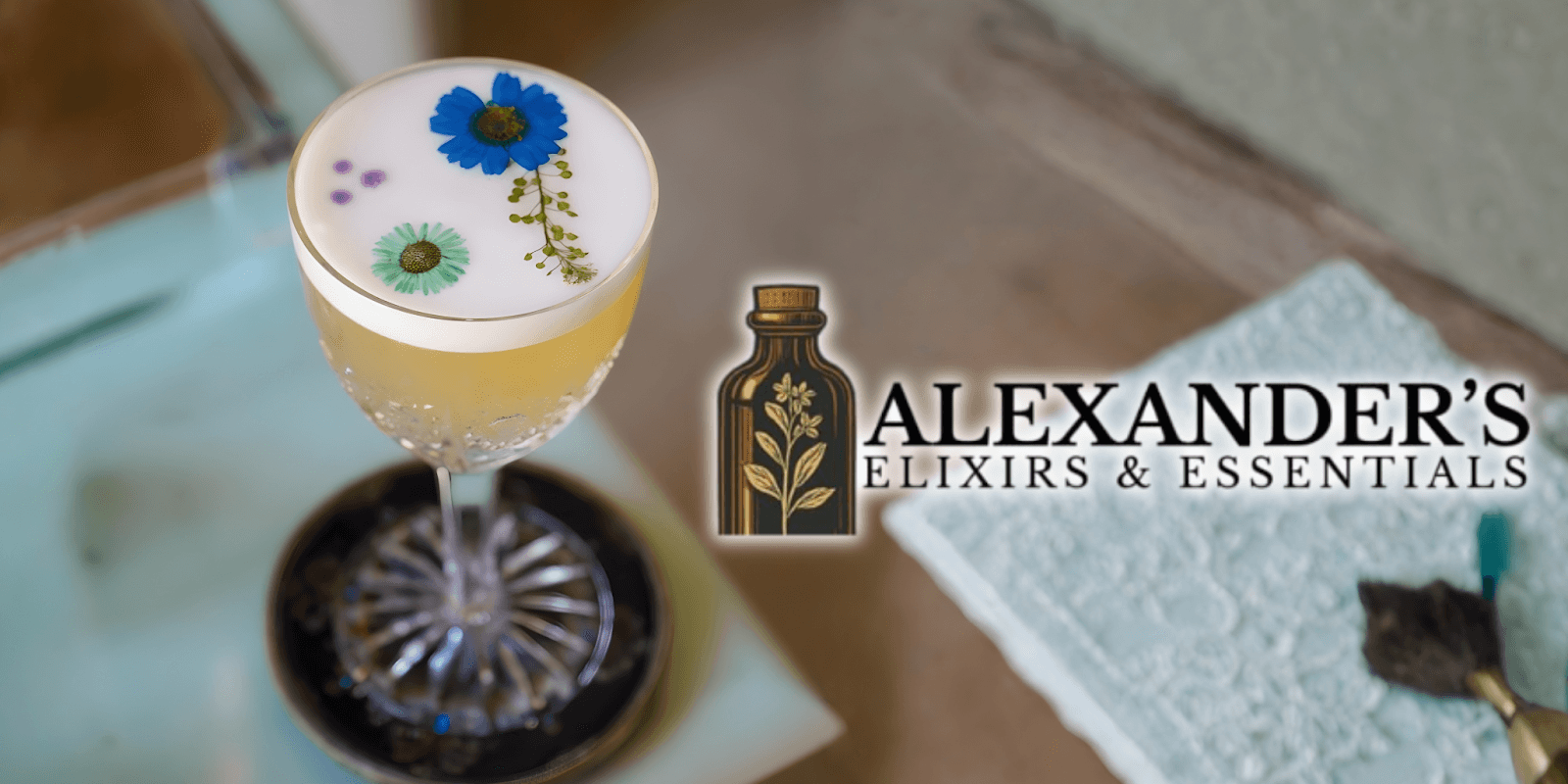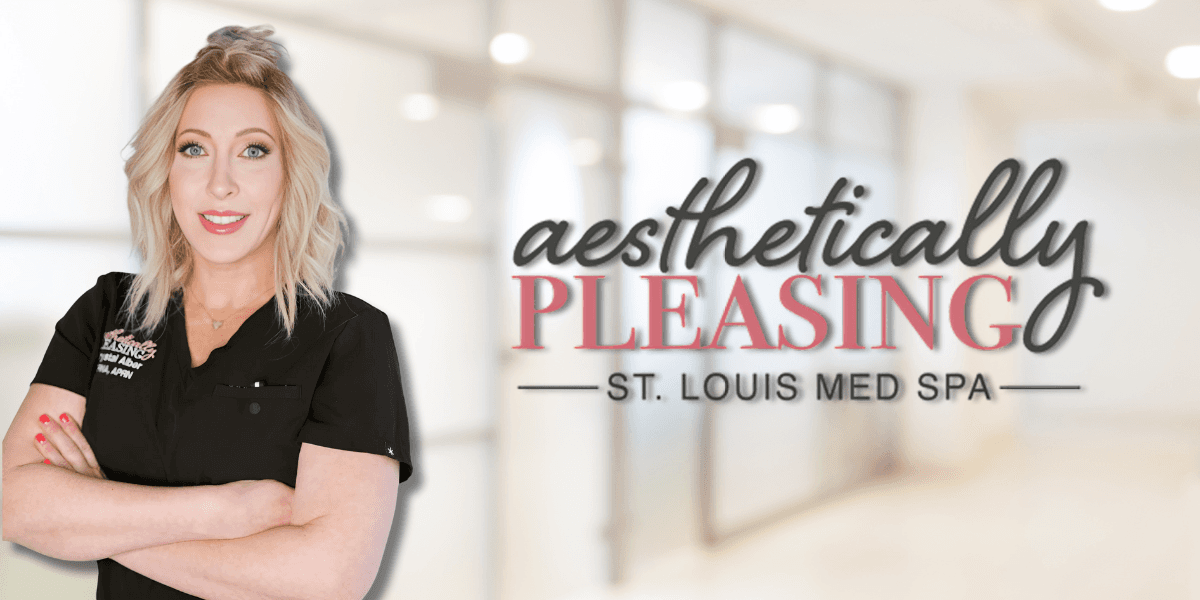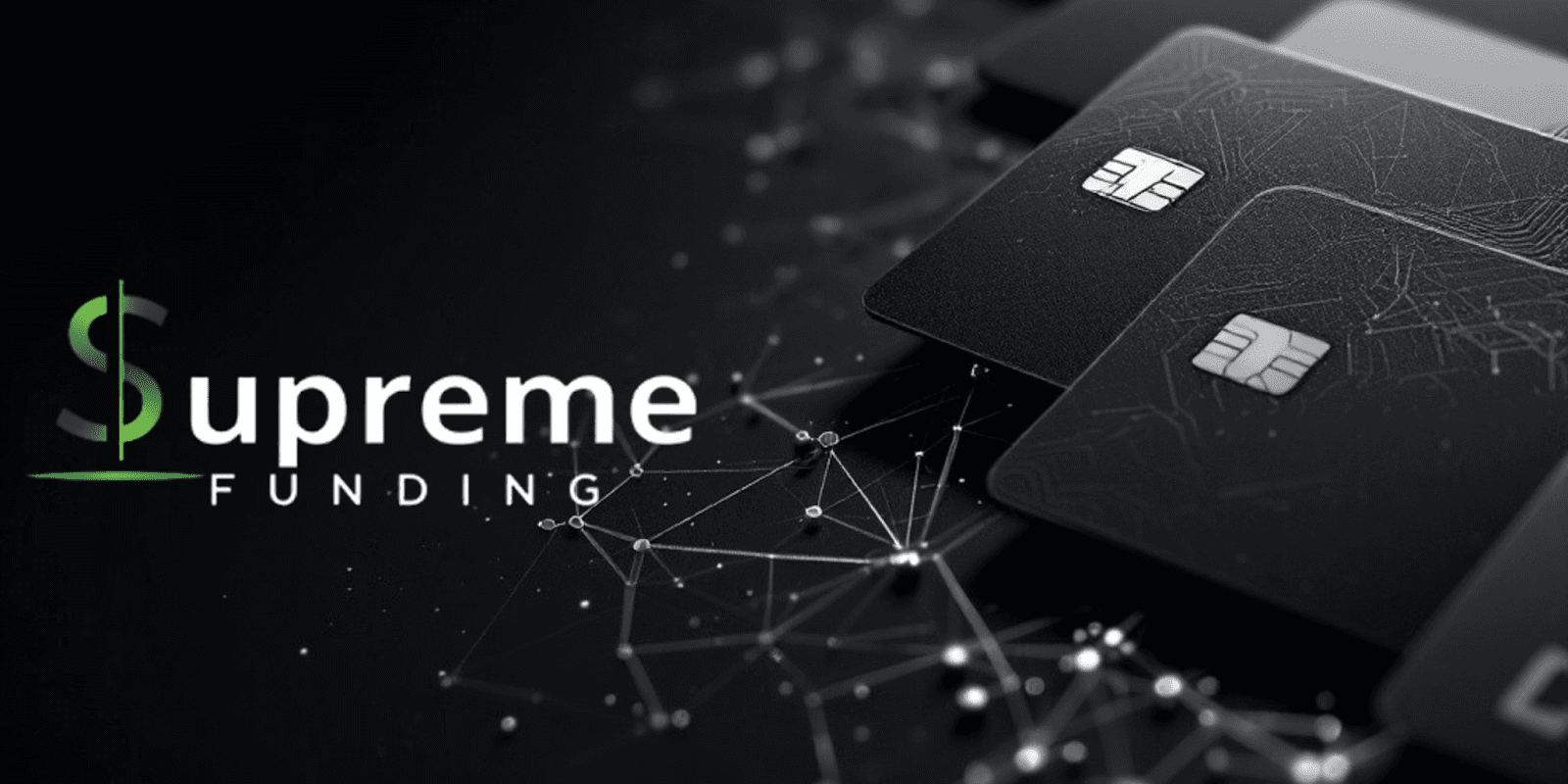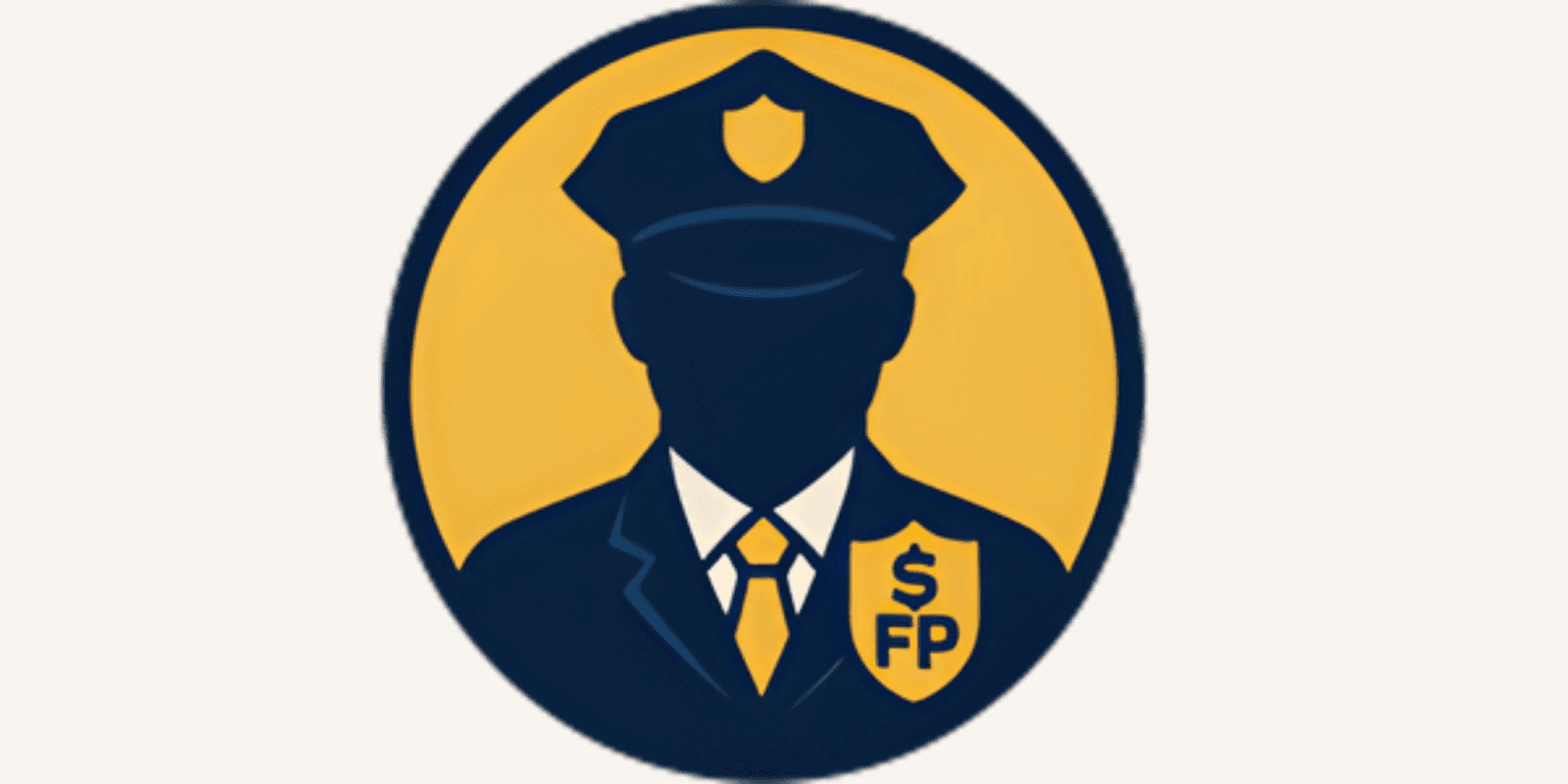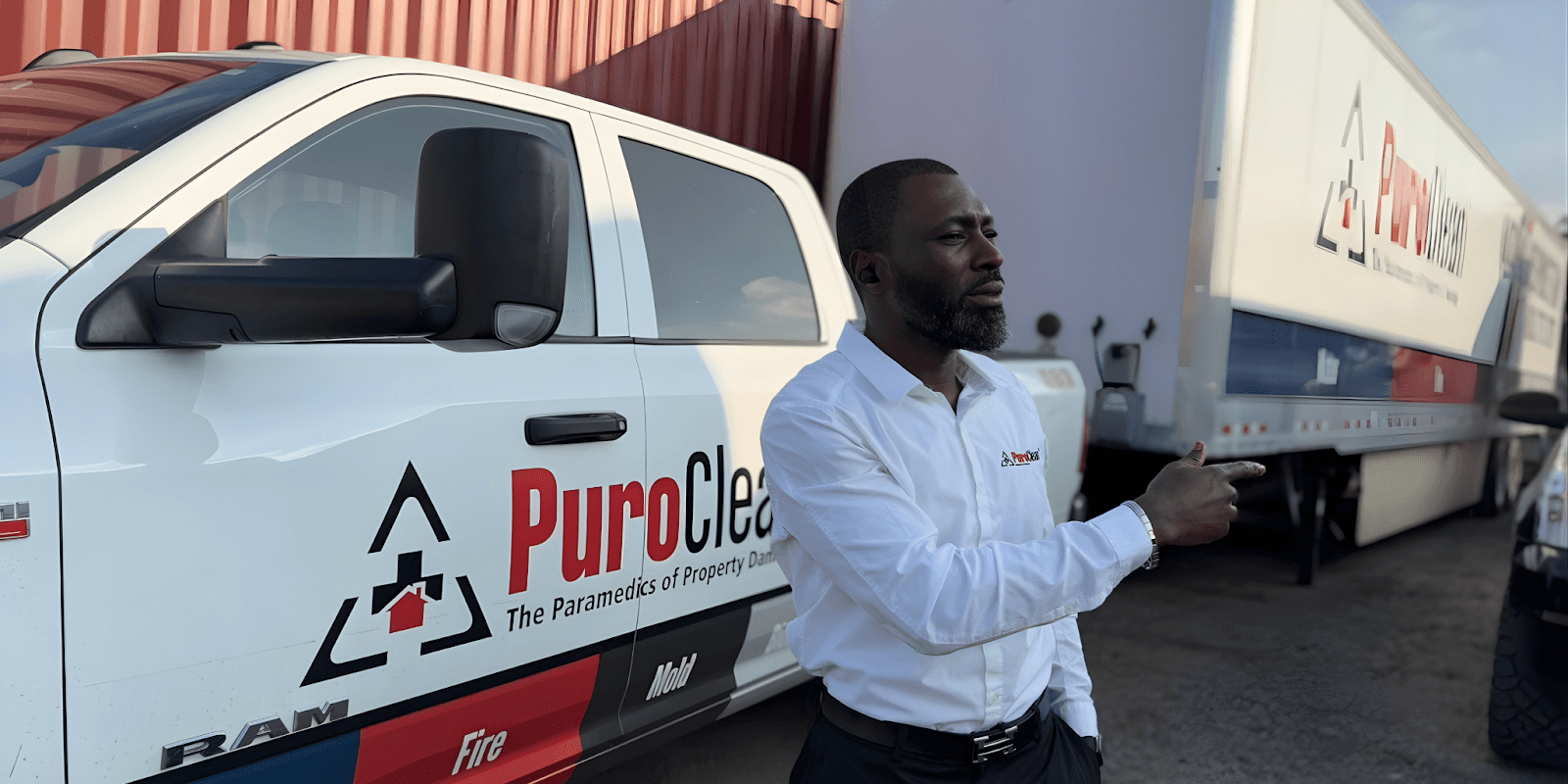newsletter
Your Daily News in Just 5 Minutes!
Featured
Featured
Enhancing Roof Longevity: The Importance of Regular Maintenance and Inspections
A commercial roof is one of the most important assets of any property, playing a critical role in protecting the building, its contents, and the people inside from the elements
Aug 8, 2025

Why Roof Maintenance Should Be a Priority
Commercial roofs are constantly exposed to harsh weather conditions—sun, rain, wind, hail, and fluctuating temperatures. Over time, these conditions can lead to wear and tear that, if left unaddressed, may escalate into serious structural issues. Proactive maintenance programs help identify and address minor issues before they become expensive repairs or require a full replacement.
By incorporating regular maintenance into a building’s overall facility management plan, property owners can:
Extend the lifespan of the roofing system: Well-maintained roofs can exceed their expected service life, saving owners from premature replacement costs.
Prevent costly repairs: Early detection of small problems like cracks, punctures, or drainage issues can prevent larger, more disruptive damage.
Maintain warranty coverage: Many manufacturer warranties require regular inspections and documentation. Neglecting this can void the warranty.
Enhance energy efficiency: Clean and intact roofing materials reflect heat more effectively and help regulate indoor temperatures, reducing HVAC strain and utility bills.
Improve safety and compliance: Routine inspections can identify hazards, ensure safety for occupants, and ensure compliance with building codes and insurance requirements.
Key Components of an Effective Roof Maintenance Program
A successful commercial roof maintenance program typically includes the following:
1. Scheduled Inspections
Inspections should be conducted at least twice a year—ideally in the spring and fall—to prepare for seasonal changes. Additional inspections should be done after extreme weather events such as storms or heavy snowfall.
2. Routine Cleaning
Debris, dirt, and organic materials like leaves or moss can trap moisture on the roof surface, accelerating deterioration. Cleaning the roof regularly helps maintain proper drainage and prevents damage to roofing materials.
3. Detailed Documentation
All maintenance and inspection activities should be documented thoroughly. This includes photographs, reports of any observed issues, and actions taken. These records are valuable for warranty claims, insurance purposes, and historical reference.
4. Timely Repairs
Any signs of damage—whether minor or severe—should be addressed as soon as they’re discovered. Common repair needs include resealing joints, replacing damaged flashing, and addressing ponding water or clogged drains.
5. Professional Oversight
While some basic maintenance tasks can be handled by building staff, it’s best to rely on licensed roofing professionals for thorough inspections and repairs. Professionals have the expertise to identify subtle issues and recommend appropriate long-term solutions.
How Roof Inspections Support Structural Health
A roof inspection goes beyond simply checking for visible damage. It includes a full evaluation of the membrane, flashing, drainage systems, vents, skylights, and any rooftop equipment. Inspectors also check for signs of interior water intrusion, which may not yet be apparent externally. These insights are crucial for ensuring that a roof continues to perform optimally.
Regular inspections can also support decision-making when it comes to budgeting for future maintenance or determining the right time for a roof replacement. For aging roofs, they offer valuable guidance on whether repairs are still cost-effective or if it’s time to invest in a new system.
Environmental and Operational Benefits
Beyond the physical benefits, regular roof maintenance also aligns with environmental and operational goals. A well-maintained roof helps reduce energy consumption, thereby lowering the building's carbon footprint. It also minimizes unexpected downtime due to leaks or emergency repairs—ensuring uninterrupted operations for businesses and tenants alike.
Final Thoughts
Investing in a proactive roof maintenance and inspection program is not a luxury—it’s a smart, cost-effective decision that preserves property value and safeguards building integrity. Just like any other system in a commercial facility, a roofing system requires attention, care, and timely interventions to perform at its best.
To better understand what to expect when it’s time for a full roof replacement, explore this informative guide on how the process typically unfolds.
USA News Contributor
This article features partner, contributor, or branded content from a third party. Members of the USA News’ editorial staff were not involved in the creation of this content. All views and opinions are those of the contributor alone.
This article features partner, contributor, or branded content from a third party. Members of the USA News’ editorial staff were not involved in the creation of this content. All views and opinions are those of the contributor alone.
This article features partner, contributor, or branded content from a third party. Members of the USA News’ editorial staff were not involved in the creation of this content. All views and opinions are those of the contributor alone.
This article features partner, contributor, or branded content from a third party. Members of the USA News’ editorial staff were not involved in the creation of this content. All views and opinions are those of the contributor alone.
Related blogs
Related blogs
Copyright 2025 USA NEWS all rights reserved
newsletter
Get daily news directly in your inbox!
Copyright 2025 USA NEWS all rights reserved
newsletter
Get daily news directly in your inbox!
Copyright 2025 USA NEWS all rights reserved
Copyright 2025 USA NEWS all rights reserved


